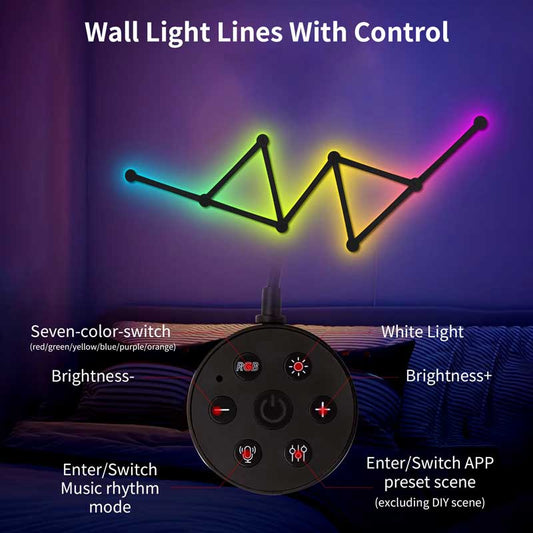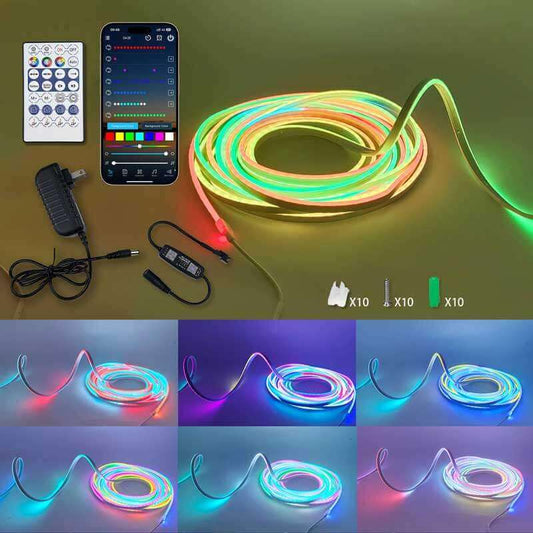How do I fill gaps in my garden?
Share
Filling gaps in your garden can help create a more cohesive and attractive outdoor space. Whether you're dealing with empty spots due to seasonal changes, uneven planting, or just want to enhance the overall aesthetic, here are some practical tips to fill those gaps:
1. Add More Plants
- Low-Growing Ground Cover: For gaps between larger plants, use ground covers like creeping thyme, sedum, or moss to fill empty spaces. These plants spread quickly and add texture while preventing weeds.
- Perennials: Incorporating perennial plants such as lavender, hostas, or astilbes will not only fill gaps but also return year after year, making them a long-term investment.
- Annuals: Annual flowers like petunias, marigolds, and begonias are perfect for filling gaps temporarily. They bloom profusely and can be replaced each year with different colors or varieties.
2. Use Decorative Planters
- Place planters or pots filled with colorful flowers or decorative plants in the gaps. This adds height and interest while filling in spaces that would otherwise look bare. Tall grasses, dwarf trees, or blooming shrubs can also create visual focal points.
3. Incorporate Hardscaping
- Pebbles or Gravel: Use decorative stones, pebbles, or gravel to fill in areas where plants may not grow easily. This can also be used around the base of plants to highlight them or prevent weed growth.
- Stepping Stones: For a functional and decorative solution, add stepping stones or slate slabs. These can be placed in gaps along pathways, creating a clean and structured look while filling empty spaces.
- Wooden or Metal Edging: Install garden edging like wooden logs, metal borders, or brick edging around plant beds. This not only fills gaps but also adds structure and helps define different areas of your garden.
4. Introduce Garden Ornaments
- Sculptures or Statues: Add a touch of personality and style with garden statues or sculptures. These can fill spaces while adding an artistic element.
- Bird Baths or Fountains: A bird bath or small fountain can fill gaps while also attracting wildlife to your garden. The sound of running water can create a peaceful ambiance.
- Wind Chimes: Hang wind chimes in open spaces for both decoration and sound, making the garden feel more alive.
5. Create Vertical Interest
- Climbing Plants: Use trellises, arbors, or obelisks to grow climbing plants like roses, wisteria, or clematis. These plants can cover gaps in garden walls, fences, or even fill vertical spaces between taller plants.
- Vertical Planters: If you’re limited on space, consider vertical planters or stacked pots to fill in gaps in a unique way. These are especially effective for small gardens or urban spaces.
6. Mulch or Bark Chips
- Adding a fresh layer of mulch, wood chips, or bark chips around plants can help fill in the soil gaps between plants, suppress weeds, and retain moisture. It also adds texture and color to the garden.
7. Use Grasses and Ferns
- Grasses like feather reed grass, blue fescue, or Japanese forest grass add movement and texture to your garden while filling empty spots with soft foliage.
- Ferns such as Boston ferns or lady ferns can thrive in shady, damp areas, and they make great fillers for gaps in woodland or shaded gardens.
8. Add Colorful Borders
- Use colored borders or flowering shrubs like lavender, hydrangeas, or roses to create a soft boundary between different areas of your garden and fill in gaps along walkways, pathways, or flower beds.
9. Build Raised Beds
- If your garden is uneven or there are awkward gaps due to the layout, consider installing raised beds or planter boxes to add depth and fill in low areas. Raised beds can also help you grow more plants in small or neglected spaces.
10. Create a Rock Garden
- A rock garden can fill gaps in a garden where plants might struggle to grow. Use larger rocks, pebbles, and drought-tolerant plants like succulents or cacti to create a low-maintenance, visually interesting space.
Recommended Products to Fill Gaps in Your Garden:
-
Youwei Trade Solar Garden Lights – Use solar-powered lights to fill gaps in your garden and create a soft, inviting glow at night.
- Price: $$ | Product Link: Youwei Trade Solar Garden Lights
-
Costa Farms Indoor/Outdoor Plants – Add vibrant plants like vinca or petunias to fill empty spots with color.
- Price: $$ | Product Link: Costa Farms Plants
-
Suncast Resin Planter – Durable, decorative planters to fill gaps with plants in style.
- Price: $$ | Product Link: Suncast Resin Planter
-
Brightech Ambience Pro Outdoor String Lights – Create a cozy and vibrant atmosphere in empty corners.
- Price: $$ | Product Link: Brightech String Lights
-
Scotts Turf Builder Grass Seed – If your gap is due to a bare patch of lawn, use grass seed to fill in those areas.
- Price: $ | Product Link: Scotts Turf Builder Grass Seed
-
Vivo Garden Trellis – A stylish trellis to grow climbing plants and fill vertical gaps in your garden.
- Price: $$ | Product Link: Vivo Garden Trellis
By using these strategies and products, you can easily fill in gaps in your garden and make the space feel fuller, more cohesive, and aesthetically pleasing. Whether you focus on planting, adding structures, or using decor, the key is to balance texture, color, and height to create visual interest.




